Buenos Aires blends faded colonial charm with vibrant Latin passion, outstanding cuisine, and a lively nightlife. Sensual and energetic, this stunning city leaves a lasting impression.
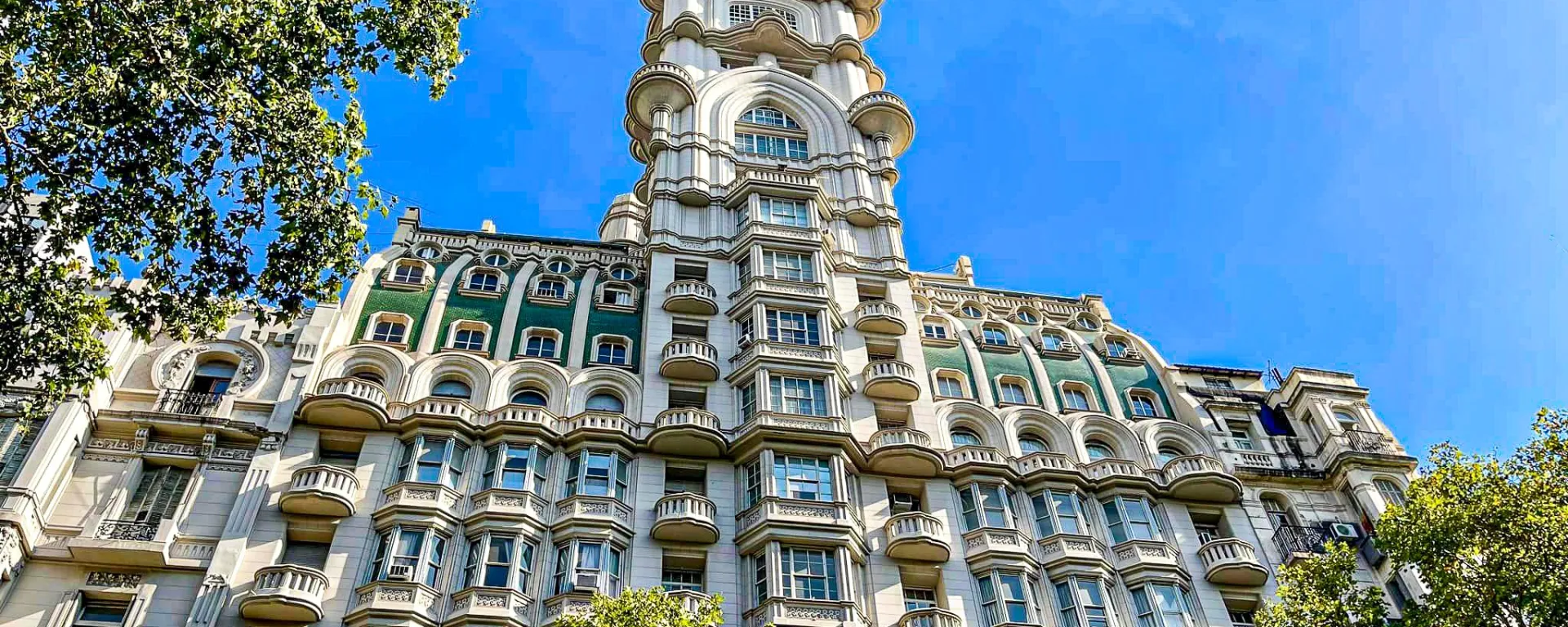
One of Buenos Aires’ most stunning landmarks, this 22-story building features a unique design inspired by Dante’s Divine Comedy. Its structure is divided into hell, purgatory, and heaven; its height of 100 meters corresponds to the number of cantos, and the 22 floors reflect the verses per canto. Designed by Italian architect Mario Palanti, Palacio Barolo was South America’s tallest skyscraper when it was completed in 1923.
You can explore the beautiful lobby for free, but a guided tour is highly recommended. It includes a ride in a vintage 1920s elevator and breathtaking panoramic views from the rooftop lighthouse. Palacio Barolo Tours offers various bilingual tours—covering architecture, literature, photography, and even nighttime tours with wine tastings. Check their website or visit the kiosk on the ground floor to book your visit.
Additionally, the 16th-floor cocktail bar and café, Salón 1923, provides a lovely indoor-outdoor setting to enjoy coffee or wine, especially at sunset. It’s a great (free) way to experience the spectacular views without joining a tour.
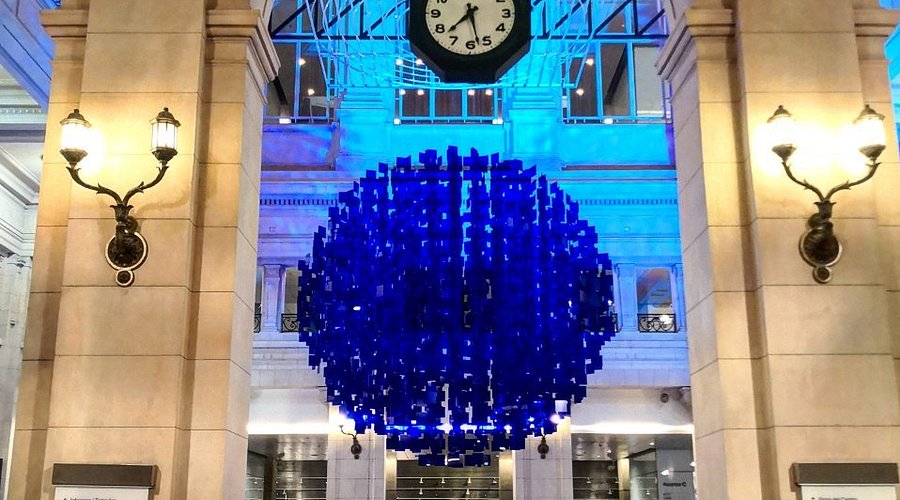
In 2005, former president Néstor Kirchner first proposed transforming the abandoned central post office into a cultural center. Though he passed away in 2010 before the project was completed, the stunning center was named in his honor. This vast beaux-arts building, spanning eight stories and an entire city block, houses multiple art galleries and event spaces. Its standout feature is the Ballena Azul, a concert hall renowned for its world-class acoustics.
Originally modeled after New York City’s main post office, the building took nearly 30 years to complete, finishing in 1928. Restoration work began in 2009, and the cultural center opened in May 2015. Architects combined glass and stainless steel elements to preserve and enhance the building’s original beauty.
Today, it stands as one of the city’s most magnificent landmarks and is well worth a visit. Entrance is free, and there are often exhibitions that don’t require tickets, along with a variety of free but ticketed activities like yoga, dance classes, and concerts. The center also offers excellent free programs and activity areas for children. Check the website for the latest schedule and book early if you want to secure a spot.
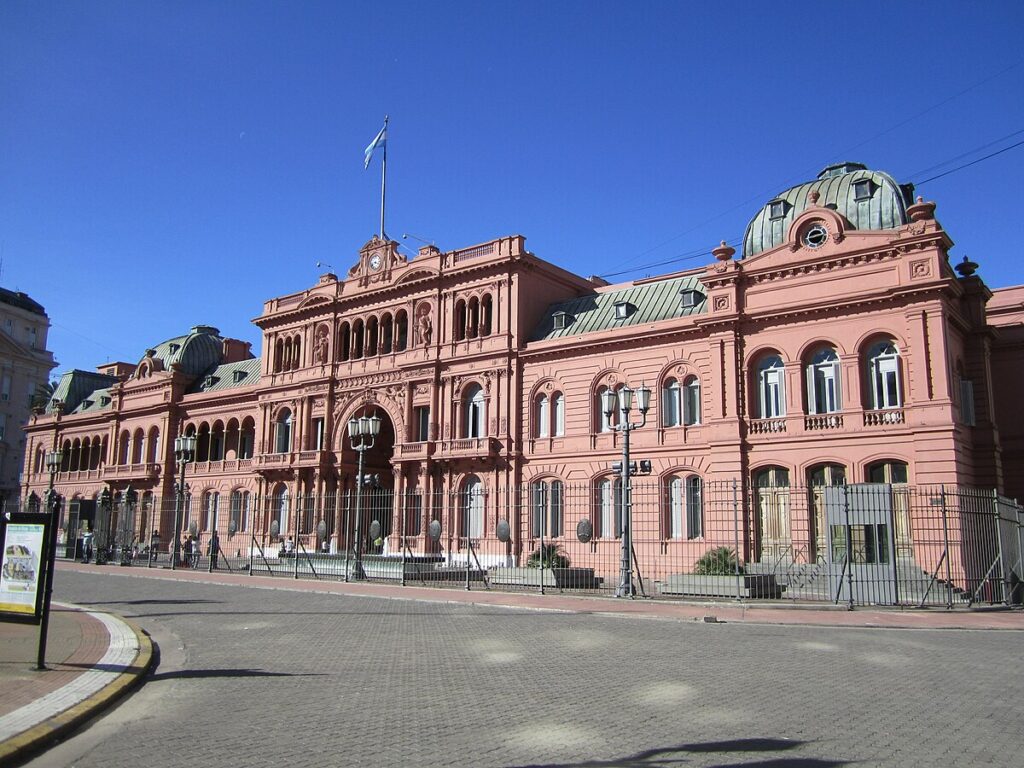
The Casa Rosada gets its name from its distinctive pink color. It’s from the balcony of this presidential palace that Eva Perón famously spoke to passionate crowds gathered in Plaza de Mayo. (Note: the building contains government offices, while the presidential residence is actually located in the northern suburb of Olivos.) Free, hour-long guided tours are available on weekends but must be booked online in advance; don’t forget to bring ID.
The palace stands on the site of former colonial riverbank fortifications, though after multiple land reclamations, it now sits more than a kilometer inland. Behind the palace, you’ll find the intriguing Museo Casa Rosada.
One popular theory suggests the pink hue symbolized President Sarmiento’s efforts to promote peace during his 1868–74 term by blending the red of the Federalists with the white of the Unitarians. However, a more likely explanation is that the color resulted from mixing white paint with bovine blood, a common practice in the late 19th century.
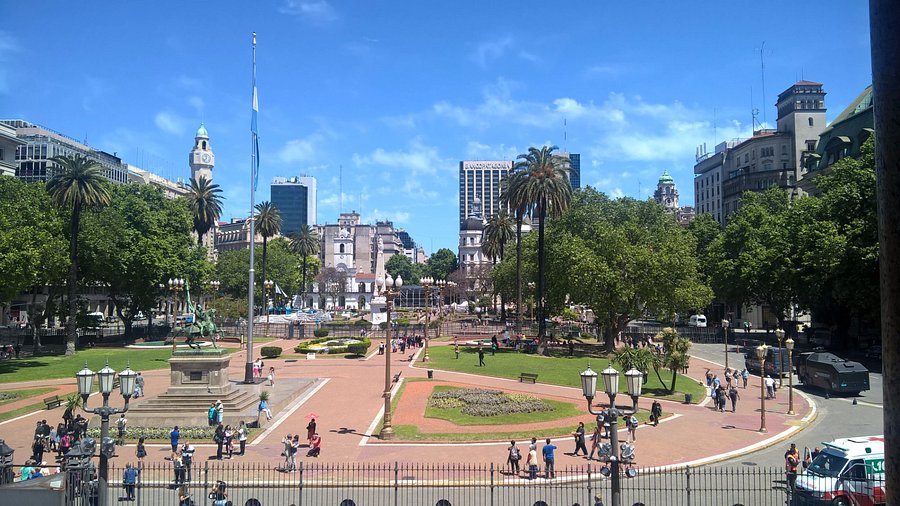
Plaza de Mayo, nestled among the Casa Rosada, the Cabildo, and the city’s main cathedral, is the heart of Buenos Aires where Argentines come together for passionate protests or joyful celebrations. At its center stands the Pirámide de Mayo, a white obelisk erected to commemorate the first anniversary of independence from Spain.
If you visit on a Thursday at 3:30 pm, you’ll witness the Madres de la Plaza de Mayo gathering around the pyramid, holding photographs of their missing children. These courageous mothers of the “disappeared” — Argentines abducted during the military dictatorship from 1976 to 1983 — continue their march as a powerful reminder of history and a call for social justice.
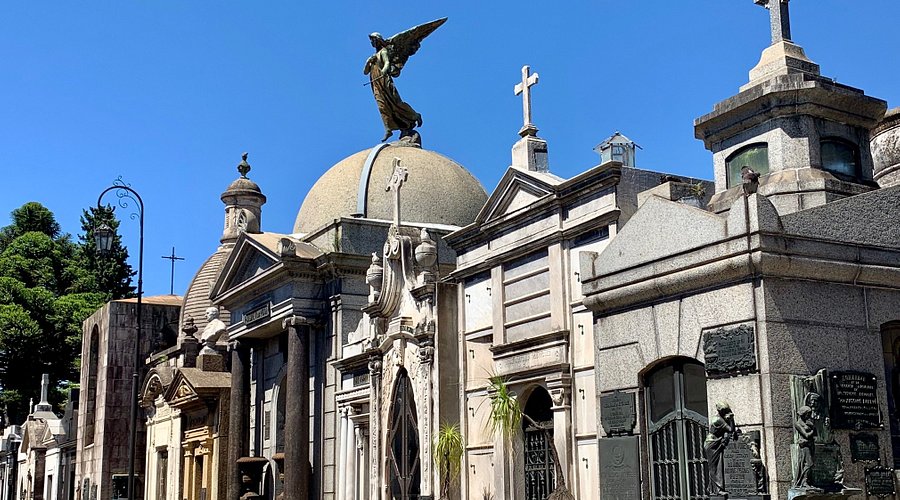
This cemetery is arguably Buenos Aires’ top attraction. You could easily spend hours wandering through this remarkable city of the dead, where the ‘streets’ are lined with impressive statues and marble mausoleums. Peek inside the crypts to glimpse dusty coffins and uncover the stories of those buried here—past presidents, military heroes, influential politicians, and the rich and famous all rest beyond its gates.
Be sure to pick up a map at the entrance. While you can explore on your own, joining a guided tour is highly recommended. Many local guides offer tours (several can be hired near the entrance), and there are also free guided tours in English at 11 a.m. on Tuesdays and Thursdays.
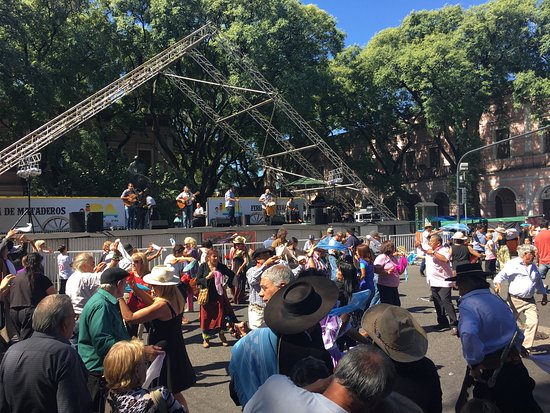
Located on the outskirts of the city in the working-class neighborhood of Mataderos, this vibrant folkloric festival takes place every Sunday and on national holidays. Visitors can enjoy handmade crafts and traditional regional dishes like locro, a hearty corn and meat stew, and humita, a savory corn and cheese dish wrapped in husks. The festival features folk singers, dancers, and gauchos on horseback, and there’s a small gaucho museum nearby to explore.
To get there, take a taxi or catch bus 126 from downtown or bus 55 from Palermo—the journey takes about an hour.
The festival also runs on these national holidays: May 25th, June 20th, July 9th, August 17th, and October 12th.
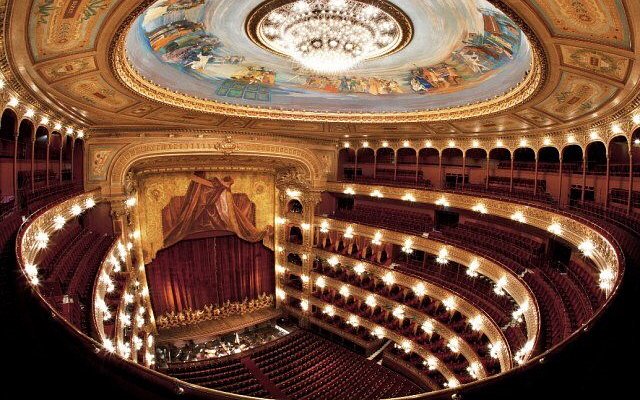
Spanning an entire city block, this magnificent seven-story theater stands as one of Buenos Aires’ most iconic landmarks. Renowned for its exceptional acoustics, the Teatro Colón serves as the city’s premier venue for opera, ballet, and classical music. It seats 2,500 guests with room for an additional 500 standing spectators. If possible, secure tickets to a live performance, or join one of the regular 50-minute backstage tours to explore its breathtaking interiors, the costume workshop, and the ballerinas’ dressing rooms.

Housed within the original Franciscan convent and adjacent to its church and cemetery, this vibrant cultural center offers a range of facilities including art galleries, exhibition spaces, and a cinema. It hosts various events, courses, and workshops—be sure to check the website for the latest schedule. Most exhibitions are free, while tickets for films and performances are affordably priced.
The Centro Cultural Recoleta also features the Museo Participativo de Ciencias, an interactive science museum designed especially for children.
WhatsApp us